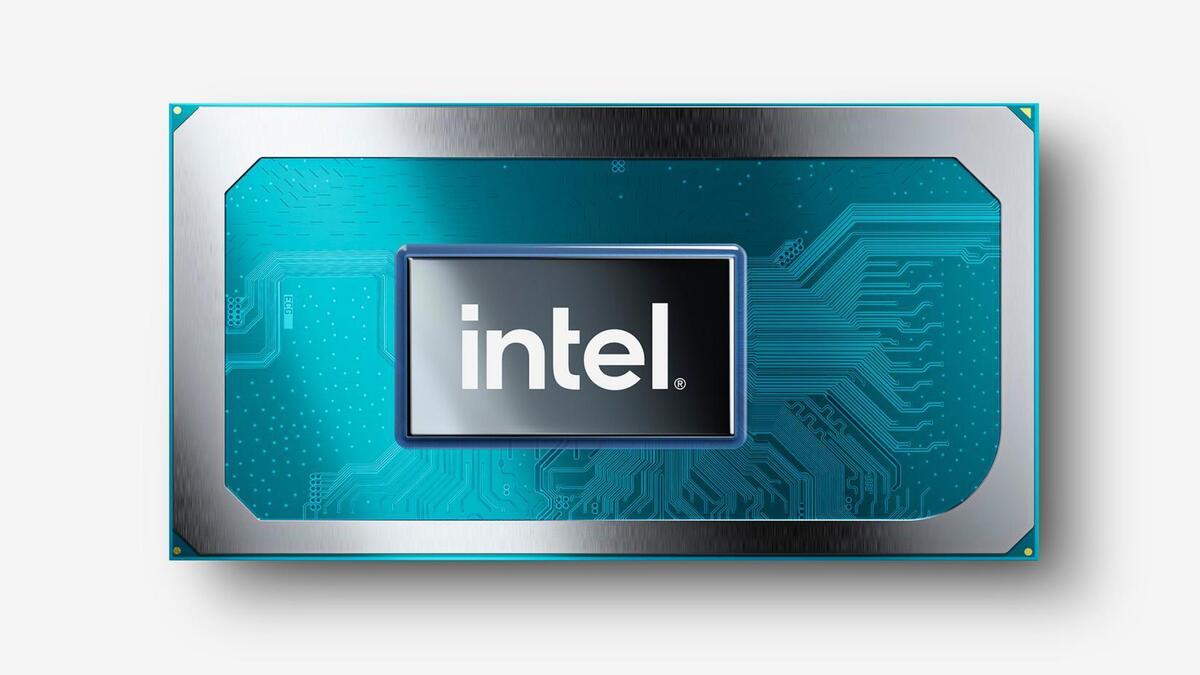- The top-selling smartphone in 2025 so far might surprise you - here's why
- Apple Intelligence hasn't lived up to my expectations, but these 3 upgrades could win me back
- Samsung launches One UI 8 beta - what's new and how to join
- This 230-piece Craftsman toolset is still just $99 at Lowe's
- Grab this 85-inch Samung TV and home audio bundle for $2,500 off
Intel revises its chip terminology and branding

Intel is pledging to introduce a faster generation of processors every year through 2025 by embracing new technology that enables smaller and smaller transistors and so more powerful chips.
By 2024, the transistors will be so small they will no longer be measured in nanometers as they are today, but in angstroms, which are a tenth as big, Intel CEO Pat Gelsinger announced this week. And the chips built around the transistors will be primarily defined by how much they improve in performance per watt over the prior generation.
The roadmap Gelsinger set down is as follows:
- Intel 10nm SuperFIN: In production now. This is Intel’s “Tiger Lake” generation
- Intel 7: In production under the name “Adler Lake,” with 10-15% more performance/watt over the prior generation.
- Intel 4 (Intel 7nm): Q2 2021 tapeout, with 20% greater performance/watt than the prior generation. “Meteor Lake” for the client, “Grand Rapids” for the Xeon.
- Intel 3: Ready for manufacture in the second half of 2023.
- Intel 20A: This ushers in the angstrom era. It is expected to ramp in 2024.
- 2025 and beyond: Intel 18A is in development for early 2025 based on expected refinements to the manufacturing process that will deliver another major jump in transistor performance.
To get down to Angstrom-sized transistors, Intel is investing in something called extreme ultraviolet (EUV) lithography, a manufacturing technique that will eventually replace the standard lithography used now. EUV is new, and that means there will be kinks to work out in the process, so expect a high manufacturing failure initially, which will translate to potential shortages.
There are also questions about Intel’s manufacturing costs. EUV gear isn’t cheap nor is it a high-volume market, and that could mean that chips off the EUV production lines might be more expensive due to the manufacturing process. This could also prove troublesome for availability.
New fab customers
Back in March, Pat Gelsinger announced IDM 2.0, a strategy to upgrade and improve Intel’s fabs, which covered not only making Intel parts but also introduced a new foundry business model where Intel would make chips for other vendors.
Well, the first two foundry customers have been announced: Amazon Web Services and Qualcomm. AWS makes its own Arm-based processors called Graviton, while Qualcomm is a bit of a surprise since Qualcomm and Intel compete in the 5G space.
Qualcomm will be using Intel’s upcoming 20A process technology, which is a few years off, while AWS will be the first customer to use Intel Foundry Services’ packaging solutions.
Finally, Gelsinger announced an event called Intel InnovatiON for October 27-28. The event will take place both in San Francisco physically and virtually, where Intel promised new product updates, expanded developer experience, the latest application innovation, and networking and community building.
Sure sounds like Intel Developer Forum to me.
Copyright © 2021 IDG Communications, Inc.

